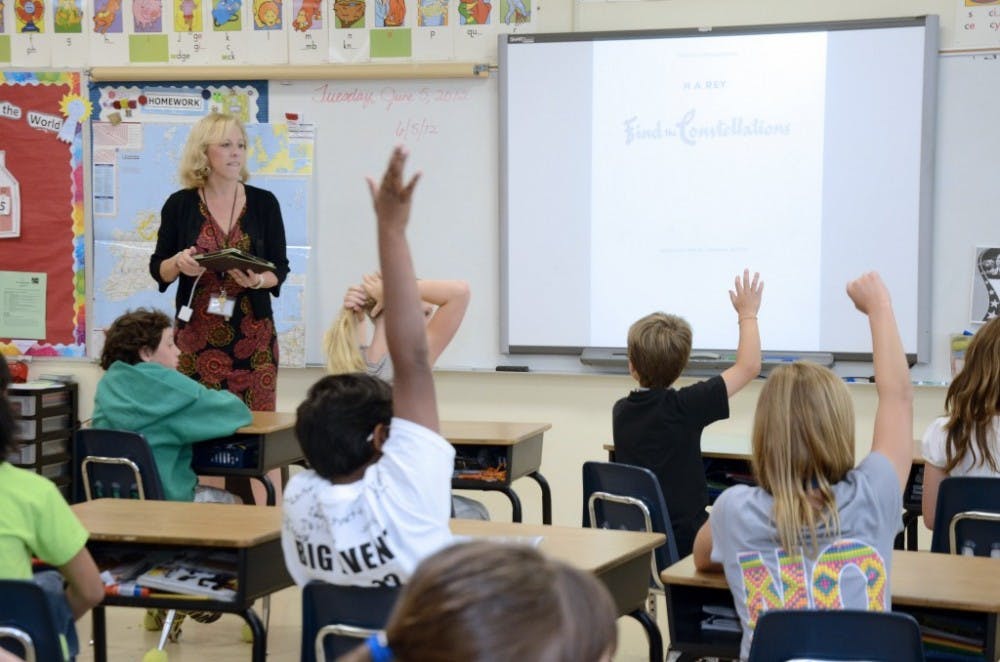Though the North Carolina General Assembly significantly tightened the state’s education budget during the summer’s legislative session, it voted to allocate an additional $5.1 million to Teach for America, an educational nonprofit that places temporary teachers in low-income school districts. The allocation boosts the state’s total funding of the program to $6 million and will be used during the 2014- 2015 school year.
Read our editorial on the N.C. government's Teach for America decision.
According to the education budget legislation, the funding will be used to “recruit, train, support and retain teachers to work in the North Carolina public schools,” specifically those in the Piedmont Triad area. Currently, most of the Teach for America corps operates in the southeast area of the state. During the 2014-2015 school year, at least 50 recruits will begin teaching in the Piedmont Triad region, and 50 recruits will begin teaching in the southeast region of North Carolina.
Teach for America provides college graduates with short, intense classroom training and places them in low-performing school districts for two-year periods. One-third of Teach for America’s recruits are placed into charter schools, while others are placed in public schools.
Some studies suggest that a high teacher turnover rate can diminish student performance, causing some parents and educators in North Carolina and elsewhere to question why the state withdrew funding from the state’s school system and allocated additonal money for part-time teachers.
But proponents of the effort argue that Teach for America consistently achieves its primary goal, which is to place college graduates in teaching environments where they can be immediate assets to the school and the students there. Others note that Teach for America recruits college graduates with a wide range of knowledge to bring to the classroom.
Though Teach for America recruits receive only a five-week crash course in classroom management, their content knowledge may be deeper in certain areas than that of an education major, according to Richard Mihans, an associate professor and chair of the School of Education at Elon University.
“I think that if you look at schools of education across the country, not many have students who have secondary majors in math and science,” Mihans said. “Any program that puts someone in a classroom that really wants to teach, that can be caring, exceptional, bright teachers, I think that’s a good program.”


